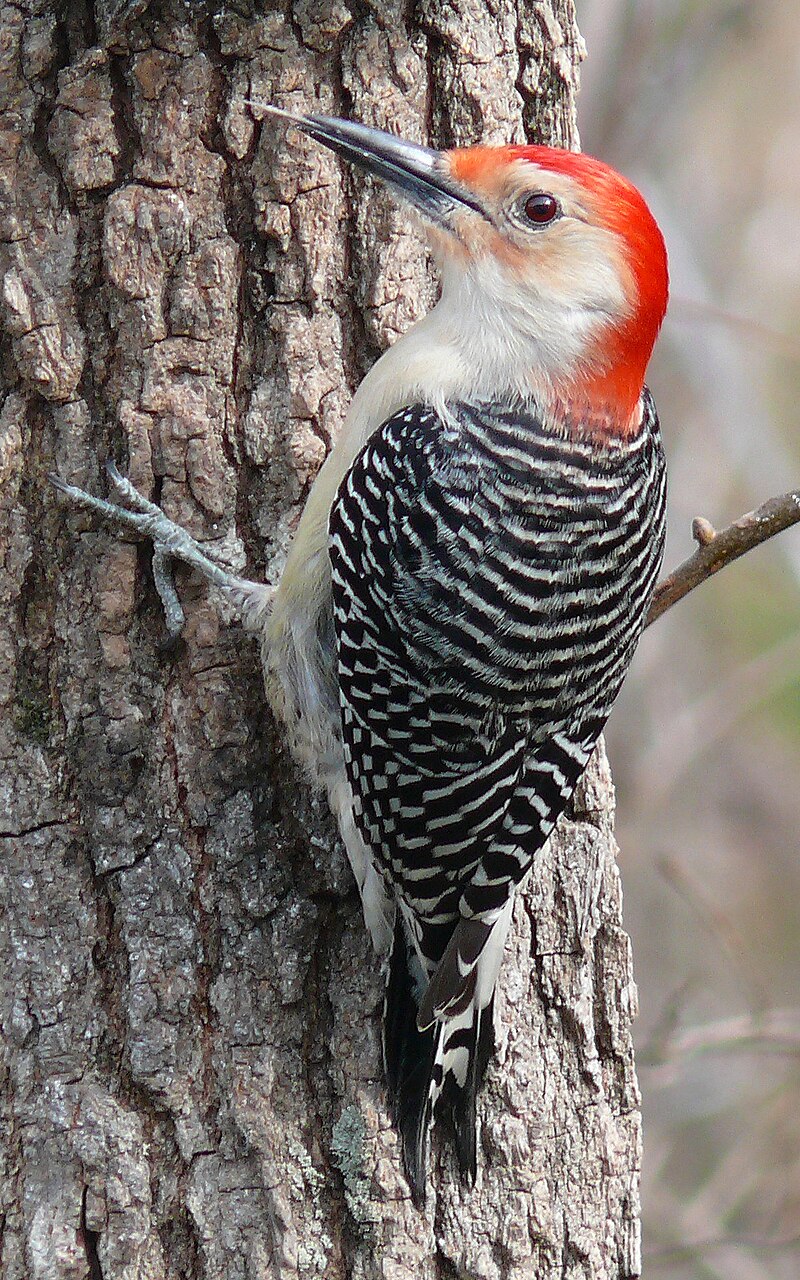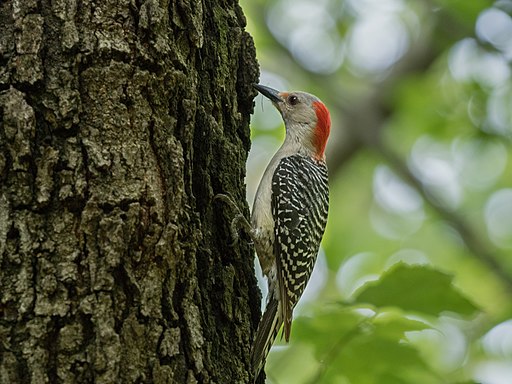Discover the Interesting World of Woodpeckers: Every Little Thing You Required to Know
The world of woodpeckers is a realm loaded with distinct behaviors, detailed adaptations, and a diverse selection of species. From their environments and circulation patterns to their feeding routines and specialized physiological features, woodpeckers have long astounded the interest of ornithologists and nature lovers alike.
Woodpecker Habitats and Circulation
In North America, for example, woodpeckers can be found in both coniferous and deciduous forests, using their strong beaks to forage for insects and create nesting cavities in trees. In Africa, certain woodpecker varieties have adapted to dry atmospheres, such as the acacia woodlands, where they play a crucial role in controlling insect populaces.

Feeding Behaviors and Diet
Among the various aspects of their behavior, woodpeckers display unique feeding practices and dietary preferences. These birds are largely insectivores, with a diet plan that includes ants, beetles, caterpillars, and other bugs discovered in trees. Woodpeckers use their strong beaks to drill into the bark of trees, probing for insects and larvae hidden below the surface. Along with insects, woodpeckers also take in nuts, seeds, fruits, and sap. Some varieties have actually specialized tongues with barbed pointers that help them draw out insects from crevices in wood.
Woodpeckers are recognized for their drumming actions, which serves not only to communicate with various other woodpeckers yet likewise to locate food. The quick drumming noise is created by the bird pecking on resonant surface areas like dead trees or metal poles. This actions can draw in insects concealed in the timber, permitting the woodpecker to spot their presence and prey on them.
Special Adaptations for Tree Climbing
In their experienced pursuit of insects hidden Visit Your URL within tree bark, woodpeckers have progressed impressive physiological functions that outfit them with unique adaptations for efficient tree climbing. Woodpeckers have strong neck muscles and a distinct skull framework that take in the effect of consistent pecking, allowing them to climb vertically without creating injury to their minds. These adjustments display the unbelievable transformative layout that makes it possible for woodpeckers to navigate trees with accuracy and effectiveness.
Diverse Woodpecker Types Worldwide
With over 200 different species spread across numerous habitats worldwide, the household of Picidae includes an exceptional diversity of woodpeckers. These birds can be found in forests, timberlands, savannas, and also urban locations, showcasing their versatility to different atmospheres. From the iconic Northern Flicker in North America to the colorful and elusive Crimson-backed Flameback in Asia, each woodpecker species exhibits unique characteristics in regards to quill, habits, and habitat choice.
Woodpeckers differ considerably in size, with the diminutive Downy Woodpecker measuring around 6-7 inches in length, while the effective Lineated Woodpecker can rise to 17 inches - Woodpeckers in Florida. Their beaks also are available in more info here different forms and sizes, showing their feeding routines. Some species concentrate on drawing out insects from tree bark, like the Acorn Woodpecker, while others, such as the see this website Black-cheeked Woodpecker, prey on fruits and seeds

Preservation Efforts and Challenges
Preservation efforts for woodpecker populaces are critical in reducing the effect of habitat loss and various other hazards facing these diverse avian species. Woodpeckers deal with different difficulties to their survival, mainly because of logging, urbanization, environment modification, and intrusive types. To attend to these concerns, conservation initiatives concentrate on protecting and restoring woodpecker habitats, implementing lasting forestry techniques, and elevating awareness concerning the significance of these birds in environments.
One considerable difficulty in woodpecker conservation is the fragmentation of their habitats, leading to separated populations that are a lot more susceptible to extinction - Woodpeckers in Florida. Conservationists work to create wild animals passages and secured locations that link these fragmented habitats, permitting woodpeckers to relocate between different locations for feeding, reproducing, and shelter

Verdict
To conclude, woodpeckers are fascinating birds with unique adaptations for tree climbing and feeding habits. They can be discovered in diverse environments worldwide, encountering preservation challenges due to habitat loss and human activities. Understanding their habitats, diets, and behaviors is essential for conservation initiatives to safeguard these crucial bird varieties. Additional research study and preservation activities are needed to make certain the survival of woodpeckers in the wild.